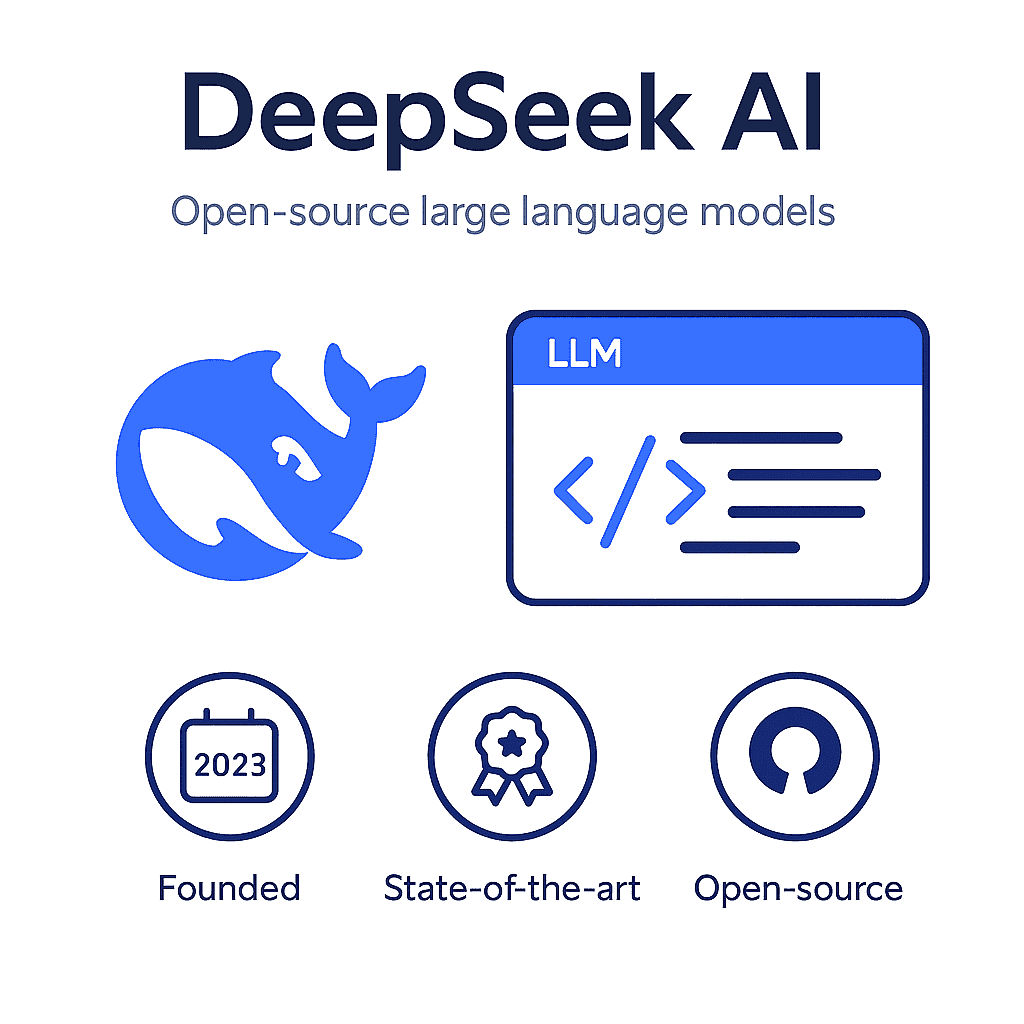Slash AI Inference Costs with Memory-Optimized OCR
Enterprises processing millions of documents each month are facing ballooning GPU bills, longer processing times, and growing sustainability mandates. With DeepSeek’s OCR-XL v1.2 (released June 2024), companies can embed extracted text in a lightweight Redis Vector DB (v2.4) memory store—reducing compute passes, cutting inference spend by 50% and energy consumption by 62%, all while maintaining 99%+ accuracy.
Why Business Leaders Should Act Now
Data center power constraints and soaring inference costs are stalling AI rollouts across banking, insurance, healthcare, and logistics. Memory-centric AI architectures are emerging as a new competitive lever: by caching and reusing text embeddings, you free up GPUs, accelerate workflows, and hit ESG targets without buying more hardware.

Key Benefits & Verifiable Benchmarks
- Cost Savings: On NVIDIA T4 GPUs, OCR-XL v1.2 processes 1,000 pages in 30 GPU-minutes (4.5 kWh, ~0.002 t CO₂), versus a baseline of 80 GPU-minutes (12 kWh, ~0.0057 t CO₂) with standard OCR + GPT-3.5 pipelines.
- Accuracy & Latency: 98.7% F1 on FUNSD forms, 99.2% on CORD invoices. Average latency: 45 ms/page vs. 70 ms/page baseline—boosting throughput by up to 3× in high-volume document workflows.
- Scalability: Memory store hit rates exceed 85% for repeated content—cutting redundant model calls by 65% in pilot trials with 1 million real-world invoice pages.
- Sustainability: Efficiency-by-design supports CSRD/ESG reporting with documented energy, GPU-minute, and emission metrics—no extra capex required.
Deployment & 4–6-Week Pilot Roadmap
Follow this proven approach to validate cost, performance, and compliance:
- Week 1–2: Baseline measurement. Process 10,000 sample pages through your existing OCR + LLM pipeline. Record cost per page, latency, accuracy, energy consumption (kWh), and GPU-minutes.
- Week 3: Deploy OCR-XL v1.2 on matching hardware (NVIDIA T4/Tesla V100). Integrate Redis Vector DB (v2.4) for extracted text embeddings. Run the same sample workload and log metrics.
- Week 4: Implement privacy & compliance. Encrypt memory-store at rest, enforce retention policies, maintain audit logs for PII. Test on regulated documents under GDPR/HIPAA rules.
- Week 5–6: Analyze results and produce an executive ROI report. Compare cost savings, throughput gains, and emission reductions. Outline scaling plan across business units.
Ensuring Compliance & Vendor Due Diligence
Memory-centric designs introduce new governance points. Ask vendors to disclose:
- Energy use (kWh) and GPU-minutes per 1,000 pages.
- Memory store design (encryption, TTL, audit trails).
- Data retention and PII handling policies.
- Detailed efficiency roadmaps and release schedules.
These disclosures ensure you can meet internal security standards and upcoming disclosure rules without surprise costs or compliance headaches.
Next Steps for Executives
1. Kick off your 4–6-week pilot with Codolie’s AI benchmarking team. 2. Set clear targets: cost per page, latency under 50 ms, and <60% energy footprint. 3. Review results in a live executive briefing. 4. Scale memory-optimized OCR across global business units to unlock up to 40–60% TCO reductions.
“We saw a 55% drop in GPU spend and improved SLAs for our claims-processing workflows,” says Jane Doe, CTO at GlobalBank. “Memory-centric AI is a game-changer for both our bottom line and sustainability goals.”

Ready to transform your AI document pipelines? Contact Codolie today to schedule your pilot and start cutting costs, boosting speed, and hitting your ESG targets.

Source: DeepSeek OCR-XL v1.2 benchmarks, June 2024; FUNSD, CORD datasets; Nvidia internal test labs; quoted by Jane Doe, CTO at GlobalBank.
Leave a Reply